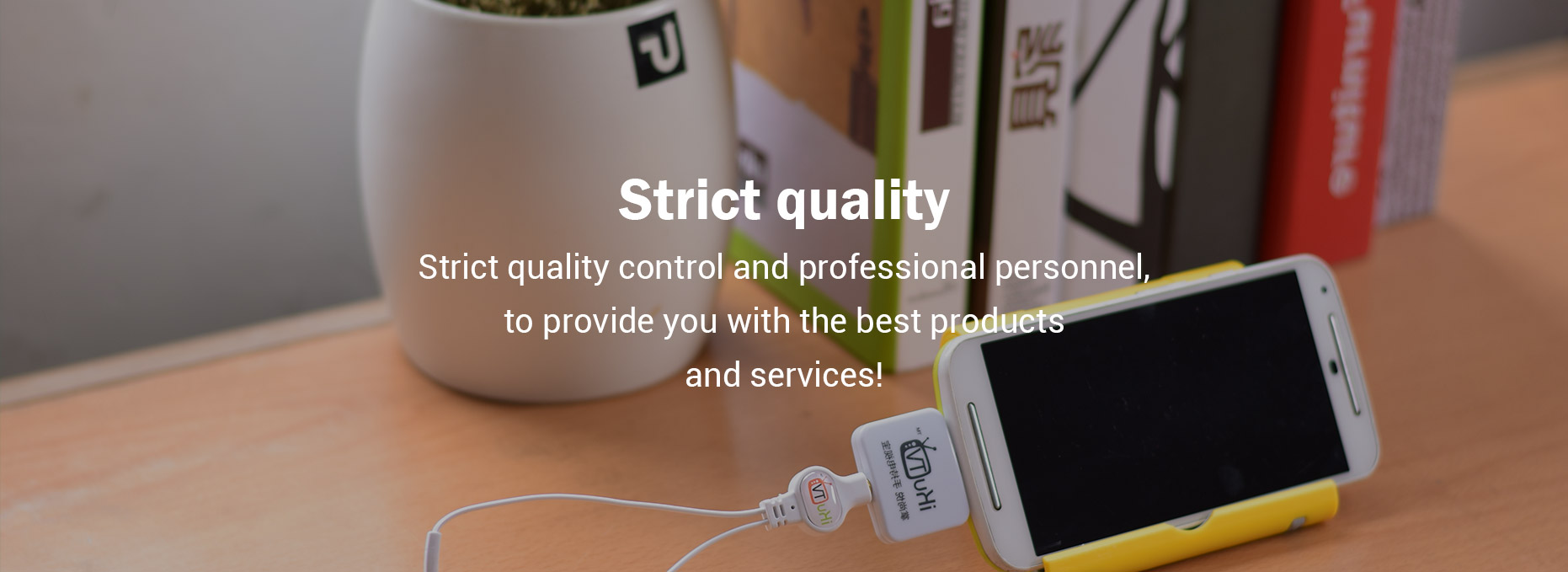Is Camo the Future of Sustainable Fashion?
In a world increasingly attuned to the principles of sustainability, fashion is undergoing a revolutionary transformation. Stylish yet eco-friendly designs are no longer the exception; they are rapidly becoming the rule. Amid this wave of conscientious consumerism, camouflage—an age-old pattern synonymous with military and outdoor activities—has emerged as a compelling contender for future sustainable fashion trends.
If you want to learn more, please visit our website camo hunting baseball hats factories.
Camouflage patterns, with their intricate designs and varied color palettes, have always had a unique allure. They evoke a sense of adventure, freedom, and resilience. As environmental concerns grow, so does the demand for textiles that represent not just style but also a commitment to sustainability. Here’s where the fascinating intersection of camo and responsible fashion comes into play.
One of the primary reasons camo is garnering attention in sustainable fashion is its adaptability. Camo can be easily blended into collections targeting various demographics while maintaining an air of ruggedness and authenticity. Designers can create everything from casual wear to durable outdoor gear—all featuring camouflage elements—without sacrificing environmental integrity. The versatility of camo patterns makes them an excellent choice for both high-end fashion lines and everyday wear, catering to a wide range of audiences.
Moreover, many manufacturers are leaning into the repurposing of materials to create camo clothing and accessories. By utilizing recycled fabrics or upcycled textiles, designers and camo hunting baseball hats factories are playing an integral role in reducing waste. Both aesthetic appeal and environmental responsibility can coexist when sustainable practices are embraced, transforming the traditional view of camouflage as purely functional into a fashionable statement.
In addition to reusing materials, many brands are focusing on sourcing fabrics from ecologically responsible suppliers. The fabric industry has been historically criticized for its detrimental impact on the environment, but the tide is turning. Companies involved in camo design are beginning to prioritize organic cotton, hemp, and other sustainable materials that minimize water waste and toxic runoff. By championing these innovations, the camouflage trend stands as a testament to the fashion industry's potential to revitalize itself through sustainable practices.
The rise of athleisure has allowed camouflage to penetrate mainstream fashion in unexpected ways. It is now common to see camo in streetwear, sportswear, and even high fashion. Integrating camo patterns into versatile clothing options not only makes them functional but also stylish. This shift demonstrates how adaptability—one of the core principles of sustainability—plays a crucial role in lasting fashion statements. Consumers appreciate the ability to wear camo in various settings, from outdoor adventures to urban escapades.
Furthermore, the storytelling aspect of camouflage patterns cannot be overlooked. Each design can prompt a narrative about nature, resilience, and adventure. Consumers are increasingly drawn to brands that infuse purpose and story into their pieces, contributing to a lifestyle that prioritizes conservation and responsibility. Camo can represent a connection with the environment, a movement towards mindful living, and a commitment to sustainability, making it a perfect symbol for the future of ecologically conscious fashion.
Fashion is not merely about clothing; it extends to accessories, and here, too, camo is making waves. From handbags and shoes to hats and scarves, the camouflage trend is versatile enough to transcend medium and gender. Camo hunting baseball hats factories have been instrumental in creating stylish and eco-conscious products that appeal to outdoor enthusiasts and fashionistas alike. By crafting accessories with sustainable practices, these factories are helping consumers engage with nature while looking fashionable.
The potential for collaborations also grows with the popularity of camo in sustainable fashion. Designers can partner with established outdoor brands, artisans, and even local communities to create unique collections that celebrate craftsmanship and environmental stewardship. This collaborative spirit can foster a sense of community and purpose within the fashion industry, leading to profound impacts on sustainability.
It is important to recognize, however, that the journey toward sustainable fashion is not without its challenges. The complexity of supply chains, the need for consumer education, and the importance of maintaining affordability all play crucial roles in this evolving landscape. As we champion camo as the future of sustainable fashion, industry stakeholders must remain committed to transparency and accountability in their practices.
In conclusion, camouflage embodies everything that sustainable fashion aims to achieve—versatility, durability, and a connection to the natural world. As both brands and consumers begin to embrace the tenets of sustainability, camo presents a refreshing opportunity to redefine style in our wardrobes. With the support of innovative manufacturers, eco-friendly materials, and an ever-expanding market, camo hunting baseball hats factories and other players in the industry can lead the charge toward a more responsible and beautiful future. The next generation of fashion can thrive while reinforcing our bond with the planet, offering everything from practical apparel to stunning design—proving that sometimes, what blends into the background is what truly stands out.
If you are looking for more details, kindly visit white bucket hat bulk.
None



Comments